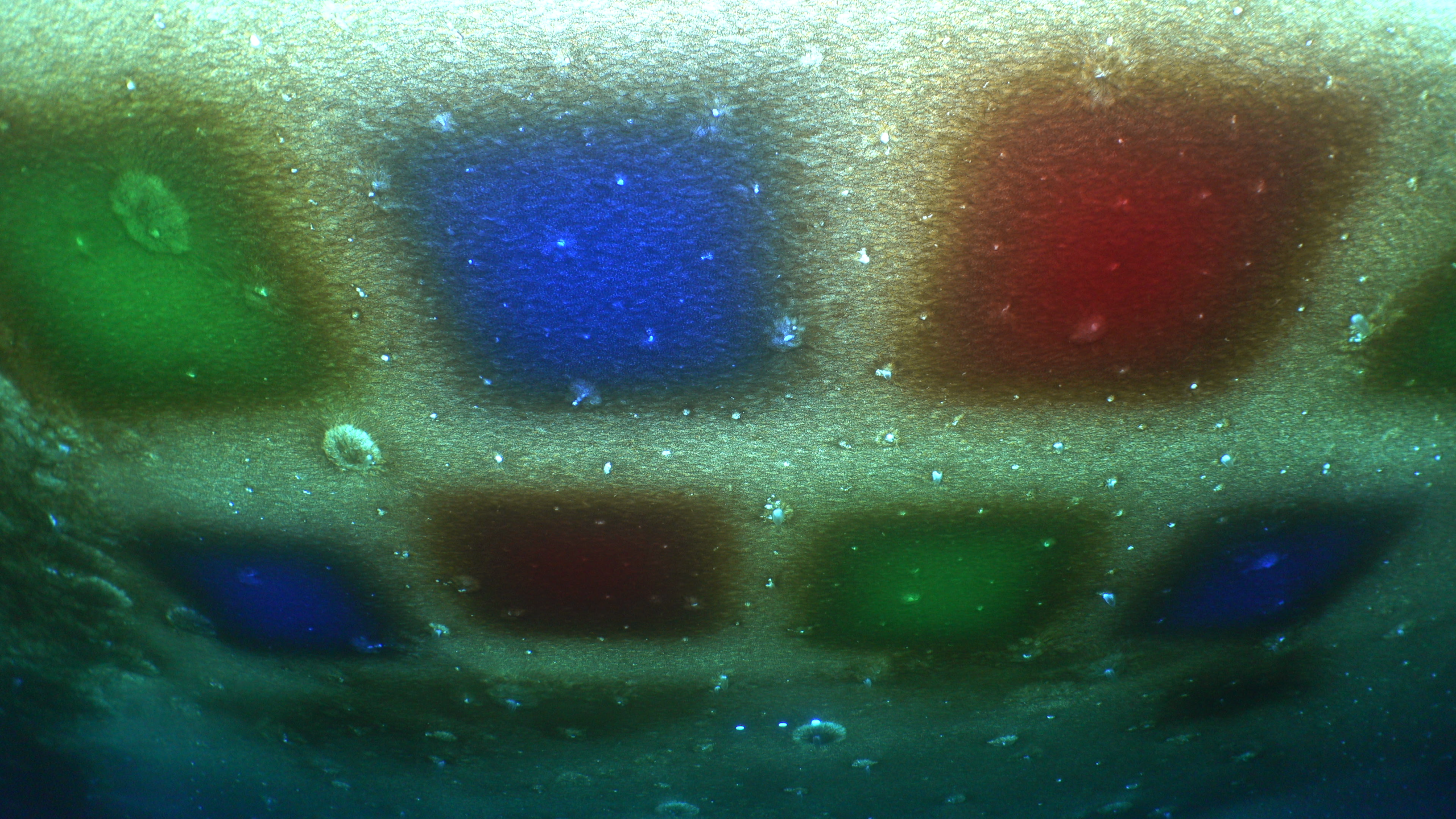Deep Antarctic ocean currents have slowed in the past three decades

The slowdown in Antarctic circulation reduces oxygen levels across the world’s deep seas. Photo: Tom Williams.
Researchers have found that the deep ocean circulation around parts of Antarctica has slowed by 30 per cent since the 1990s, reducing oxygen levels across the world’s deep seas.
The results of the slowdown are detailed in a new study published today in Nature Climate Change. The study shows the deep ocean is already responding to Earth’s warming climate.
Dense water sinking near Antarctica is known as Antarctic Bottom Water (AABW) and is a crucial component of a global network of ocean currents transporting heat, carbon, oxygen and nutrients around the world.
Lead author Dr Kathy Gunn, of the ARC Australian Centre for Excellence in Antarctic Science (ACEAS) and CSIRO Environment, said Antarctic meltwater makes the waters near Antarctica fresher and more buoyant. This reduces the amount of dense, oxygen-rich water that can sink to the deep sea, which slows the deep circulation. As a result, climate, sea level rise and deep-sea oxygen levels will be affected for centuries.
“We knew things were changing but our observations of the deep ocean are scarce, so it has been difficult to determine how and why the deep ocean was changing before now,” Dr Gunn said.
“We developed a new method that combines a variety of observations with a realistic model simulation to obtain the first estimates of how the deep circulation near Antarctica has changed in recent decades.”
Another recent study simulated how the ocean will respond to meltwater input, projecting a slowdown of the Antarctic overturning by 40 per cent by 2050. However, the work led by Dr Gunn focuses instead on the past three decades of observations—looking for evidence of change that has already happened and is happening now.
“These latest observations suggest that the projected slowdown is in fact already well underway,” said co-author Professor Matthew England, Deputy Director of ACEAS.
The process of dense water sinking around Antarctica pumps oxygen into the deep sea, much like a lung pumps oxygen into our blood. As this pump slows down, it reduces oxygen levels in the world’s deep ocean.
“We’re used to the idea that melting of the Antarctic Ice Sheet causes sea level rise. But this work also shows us that the impacts of melting glaciers in Antarctica extend all the way to the deep sea, affecting climate and ocean chemistry, as well as sea level,” said Dr Steve Rintoul, from CSIRO Environment and the Australian Antarctic Program Partnership.
The freshening around Antarctica is expected to continue—even accelerate—as the Antarctic Ice Sheet responds to a rapidly warming climate.
“Because of this we expect a continuing decline of the deep ocean circulation and its oxygen levels,” Dr Gunn said. “These declines are already significantly changing the deep ocean’s structure and chemistry.”
PAPER
Kathryn L. Gunn, Stephen R. Rintoul, Matthew H. England, Melissa M. Bowen. (2023). Nature Climate Change. ‘Reduced abyssal overturning and ventilation in the Australian Antarctic Basin’. DOI: 10.1038/s41558-023-01667-8


